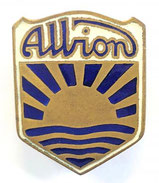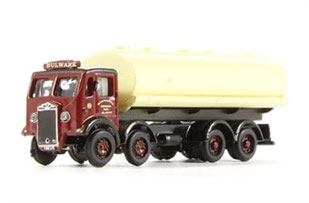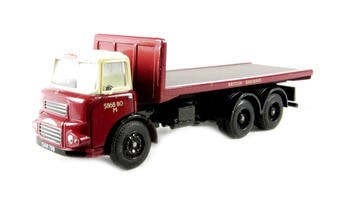
ALBION Truck Tech Manuals PDF


History of Albion Trucks
Look above - ALBION Trucks Tech Manuals PDF download free - Chieftain, Clydesdale, Reiver.
Albion is a former automotive company from Scotstown. Today it is engaged in the production of not cars, but only components for the automotive industry. As a subsidiary of American Axle & Manufacturing, it produces bridges, transmission systems, chassis and its components, crankshafts.
Originally known as Albion Motor Car Company Ltd., the firm was founded in 1899 by Thomas Blackwood Murray and Norman Osbourne Fulton, and a few years later they were joined by John F Henderson, which provided additional capital.
Initially, the production was located on the first floor of one of the buildings of Finiston Street in Glasgow, and it employed only seven people.
In 1903 the company moved to a new premises in Scotstown.
In 1909, its founders decided to focus on the production of commercial vehicles. During the WW2, they released for the army a large number of 3-ton trucks, equipped with a 32-horsepower engine with a chain rear drive. After the war, many of them were converted into excursion buses.
Trucks and buses (one- and two-story) were produced in Scotstown until 1980.
The buses were exported to Asia, East and South Africa, Australia, India. Almost all models of buses had a name starting with "V" - "Victor", "Valiant", "Valkyrie", "Venturer", "Viking".
The earliest buses were built on the cargo chassis A10. Newcastle at that time also needed double-decker buses, but Albion did not produce a chassis for such buses until 1931.
In 1923, the first bus was introduced, made on a specialized bus chassis, converted from a cargo, but with improved depreciation. It housed from 12 to 23 passenger seats. All early buses had the usual control and the engine located in front of the driver, but in 1927 the designers were able to move the motor directly under the driver, which allowed to increase the number of seats to 32.
In 1932, the first double-decker bus "Venturer" was created, 51 passengers, and a year later the company began to install in its production diesel engines from the "Gardner". In 1937, the engine and gearbox were combined into a single mechanism, having lost a separate drive shaft. Also, Albion started developing its own diesel engines.
After the WW2, the range of products gradually began to expand and modernize, and in 1951 a prototype was presented in which the engine was located under the floor. This development went into mass production in 1955, the first model was "Nimbus".
After the company took control of "Leyland", the range began to narrow gradually, and the last project of the company was "Viking", in which they reused the old name.
In 1980, the company "Albion" finally changed its profile, and since then has only been producing components for the automotive industry.
